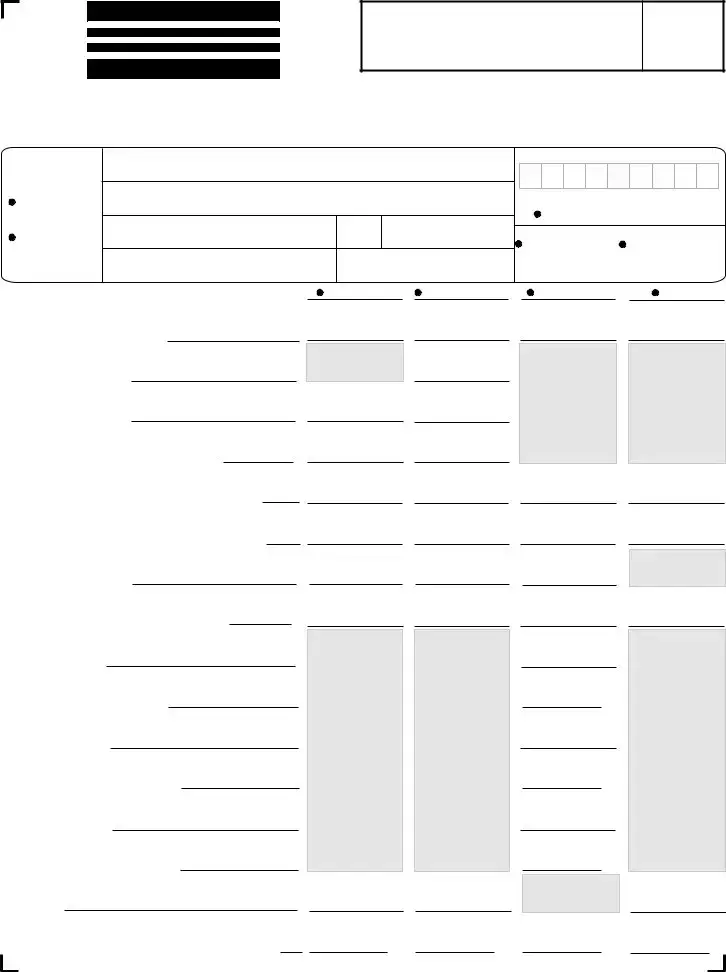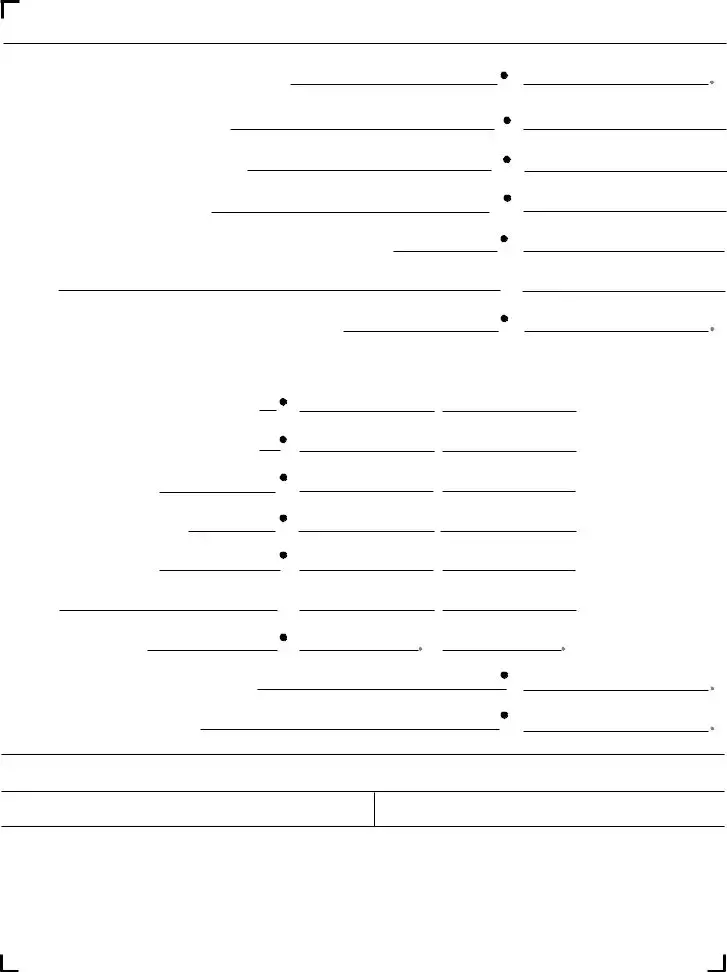The Utah TC-116 form, designed for fuel tax refund applications, shares similarities with various other tax-related documents. Each document, while serving a unique purpose, incorporates comparable elements such as detailed personal or entity information, tax calculations, and specific eligibility criteria.
One document that bears resemblance to the TC-116 form is the IRS Form 8849, Schedule 1, "Claim for Refund of Excise Taxes." Both forms are used to claim refunds on taxes previously paid, though the IRS form covers a broader range of excise taxes. Like the TC-116, Form 8849 requires detailed information about the claimant and a specific calculation of the refund being requested, ensuring that only eligible amounts are claimed.
The IRS Form 720, "Quarterly Federal Excise Tax Return," is another document with similarities. This form is used for reporting and paying excise taxes, a process opposite to claiming a refund, yet it shares the requirement for detailed tax calculations and reporting specific tax incidents, just as the TC-116 form does for fuel tax refunds. Both forms are integral in the management and reconciliation of excise taxes.
A state-specific equivalent, such as the California BOE-770-DV, "Diesel Fuel Claim for Refund on Nontaxable Uses," also mirrors the TC-116 in purpose and structure. It targets a specific fuel tax scenario, focusing on diesel fuel, and requires detailed accounting of fuel purchases and uses that qualify for refunds, closely paralleling the structured detail seen in Utah's refund application.
The Federal Highway Administration's Form FHWA-556, "Statement of Materials and Labor Used by Contractors on Highway Construction Involving Federal Funds," is somewhat analogous. Although not a tax form, it necess (requires) the detailed reporting of materials (including fuel) used on federally funded projects. The emphasis on precise reporting and eligibility criteria links this form to the procedural specificity of TC-116.
Another document, the "Uniform Motor Fuel Refund Claim," commonly used in various U.S. jurisdictions for fuel tax refund requests by commercial carriers, shares the regimented structure and detailed accounting found in the TC-116 form. These documents facilitate refunds for specific eligible activities, demanding comprehensive documentation of fuel purchases and utilization.
The IRS Form 4136, "Credit for Federal Tax Paid on Fuels," is akin to the TC-116, as it allows taxpayers to claim a credit or refund for certain fuel taxes paid. While Form 4136 applies these credits against income tax, the focus on meticulously documented fuel transactions and tax calculations is a shared characteristic with the Utah form.
State rebate forms for alternative fuel vehicles or fueling infrastructure also share common ground with the TC-116 form. They typically require applicants to provide detailed information about the vehicle or infrastructure, proof of eligibility, and specific tax-related information, parallel to the detailed reporting and eligibility criteria of the TC-116.
Lastly, sales and use tax exemption certificates, like those used by tax-exempt entities when purchasing fuel, indirectly relate to the TC-116's purpose and structure. By providing detailed information about the tax-exempt status and nature of the fuel use, these certificates prevent tax charges upfront, similarly to how the TC-116 form is used to claim refunds after tax payment.
Overall, while each document serves a distinct purpose within the tax system, ranging from claiming refunds to reporting taxable transactions, they all emphasize the need for accurate, detailed reporting and strict adherence to eligibility criteria. This commonality underscores the complex interplay of regulations governing tax liabilities and refunds across various jurisdictions and tax types.

 FEIN/SSN
FEIN/SSN 00
00 00
00 00
00 00
00 00
00 00
00 00
00 00
00 00
00 00
00 00
00 00
00
